Mungyeongsaejae Provincial Park (문경새재도립공원)
19.4Km 2023-02-13
932, Saejae-ro, Mungyeong-si, Gyeongsangbuk-do
+82-54-571-0709
Mungyeongsaejae Pass, which crosses Joryeongsan Mountain, has always been the highest and most dangerous mountain pass in Korea, being reputed to be too tall for even birds to fly over. The three gates of Juheulgwan, Jogokgwan, and Joryeonggwan were built for national defense after the Imjin War (1592-1598). These three gates are designated collectively as Historic Site No. 147. The area between the three gates was designated a provincial park in 1981. The path from the first gate to the last passes through beautiful forests and takes roughly four hours round-trip. Also located within the park boundaries is Mungyeongsaejae Open Set, used for filming historical dramas.
Mungyeong Chasabal Festival (문경찻사발축제)
19.4Km 2025-07-11
932 Saejae-ro, Mungyeong-si, Gyeongsangbuk-do
+82-54-571-7677
Home to many ceramic masters and artisans, Mungyeong holds the Mungyeong Chasabal (Tea Bowl) Festival every year to honor and develop traditional Korean pottery and ancestral craftsmanship. The festival holds an exhibit with more than 200 kinds of high-quality and high-end ceramics and an online auction of luxury tea bowls. There is also a performance, “A Day of a Mungyeong Potter,” in which craftsmen tell stories and provide explanations behind their tea bowls to add fun and content to the festival. Visitors can mold their own clay and make tea bowls, and children can partake in various programs, such as playing with clay and performing a tea ceremony.
◎ Chasabal
Chasabal, also known as dawan, is a bowl used for drinking tea. Mungyeong’s traditional tea bowl is made in a firewood kiln called “Mangdaengi,” which uses wood rather than modern gas or electric kilns to make a fire.
Mungyeongsaejae Open Set (문경새재 오픈세트장)
19.4Km 2025-10-24
932 Saejae-ro, Mungyeong-si, Gyeongsangbuk-do
This open set is a filming location for popular historical dramas such as "Kingdom (2019)," "The Red Sleeve (2021)," and "The Moon Embracing the Sun (2012)," and is connected to Mungyeong Provincial Park. One of the most famous spots is the Gwanghwamun Set, which vividly embodies Gwanghwamun Gate. The set has various settings such as a hanok village, downtown area, and a common people's village, spread over a large site, making visitors feel as if they have traveled back in time to the Joseon dynasty.
Mungyeong Saejae Bare-foot Walking Festival (오감만족 문경새재맨발페스티벌)
19.4Km 2025-05-16
932 Saejae-ro, Mungyeong-eup, Mungyeong-si, Gyeongsangbuk-do
+82-53-755-5881
The festival, held annually in Mungyeong, is a bare-foot walking festival covering approx. 7km. During the festival a main performance, various event booths, bare-foot-walking events, and a singing contest are held, allowing visitors to enjoy the festivities while keeping an eye on their health.
Museum of Old Roads (옛길박물관)
19.4Km 2023-07-28
944, Saejae-ro, Mungyeong-si, Gyeongsangbuk-do
+82-54-550-8372
The Museum of Old Roads offers the history of traditional roads and routes in Korea. In the past, Mungyeongsaejae was a transportation hub for the people of Korea, particularly during the Joseon Period. Mungyeongsaejae is home to Haneuljae (one of the oldest roads in Korea, first established in 156 AD), Tokkibiri (a famous trade route), and Yugok Station (a transport hub in the Yeongnam area).
Even though the importance of the roads as travel routes has diminished over time, they continue to increase in cultural significance, conveying the area’s rich traditional heritage to visitors. The Museum of Old Roads was opened in 2009 after having been remodeled from the Mungyeongsaejae Museum, which mainly dealt with local history.
Jeongipum Pine Tree (보은 속리 정이품송)
19.5Km 2025-01-07
Sangpan-ri, Boeun-gun, Chungcheongbuk-do
+82-43-540-3394
This 600-year-old pine tree stands at the entrance to Songnisan Mountain in Boeun-gun, Chungcheongbuk-do. This old tree, designated as Natural Monument No. 103, is 15 meters in x_height and 4.5 meters in girth. Its branches stretch 10.3 meters to the east, 9.6 meters to the west and 10 meters to the north. Shaped like an open umbrella, this pine tree has long been the symbol of Songnisan Mountain, and has even been awarded the title of a Jeongipum grade official of the Joseon Court.
* Legend
King Sejo visited Onyang Hot Springs and Songnisan Mountain in 1464 to cure an illness. While passing under this tree, he looked up and saw that his royal sedan chair was about to be ensnared in the tree’s branches. As he called for his bearers to look out, the branches suddenly lifted for the royal procession to proceed. On his way to Seoul, King Sejo was also able to take shelter from a rain shower under this tree. Therefore, he bestowed upon the tree the ministerial rank of Jeongipum.
Suokjeong Tourist Area (수옥정관광지)
19.5Km 2024-02-27
127-1 Suokjeong-gil, Yeonpung-myeon, Goesan-gun, Chungcheongbuk-do
Suokjeong Tourist Area is a scenic destination nestled within pristine natural landscapes. Surrounded by renowned Korean mountains such as Joryeongsan and Sinseonbong, visitors can enjoy sights such as Suokpokpo Falls and Yeonpungsaejae Pass. The area around Suokjeong Reservoir offers plenty of attractions, including waterside eco park and outdoor water playground. Nearby, visitors can also explore cycling trails like Saejae Bike Path and religious sites such as the Catholic Yeonpung Sanctuary, attracting visitors throughout all seasons.
OmyNara (오미나라)
19.6Km 2023-08-02
609 , Saejae-ro, Mungyeong-si, Gyeongsangbuk-do
20 years of passion for OmyRose
OmyNara is an Omija winery that manufactures wine using traditional fermentation methods and oak barrel maturation methods using eco-friendly Omija originating in Korean soil. OmyNara also operates various experience programs such as winery tours and making your own commemorative wine, as well as various educational programs such as wine etiquette and basic courses on making authentic sparkling wine. Visit OmyNara guided tour of the winery and enjoy various experiences such as learning about the wine-making process and tasting wine.
Hotel West of Canaan (웨스트오브가나안)
19.8Km 2025-03-05
175-1 , Suokjeong-gil, Goesan-gun, Chungcheongbuk-do
+82-43-833-8814, +82-43-833-8816
The West of Canaan Hotel is part of the Suokjeong Tourist Complex in Goesan, Chungcheongbuk-do, and stands at the entrance to Joryeongsan Forest and the beginning of the hiking trail to Joryeong Gateway 3. Its location in the midst of magnificent mountains and valleys is refreshing and beautiful. There’s a choice of room types - Korean ondol, bedrooms, and suite rooms which have a bedroom with king-size bed plus an upstairs space with a single bed. Nearby destinations include Suok Falls, Suokjeong Pavilion, and the Suanbo Hot Spring.
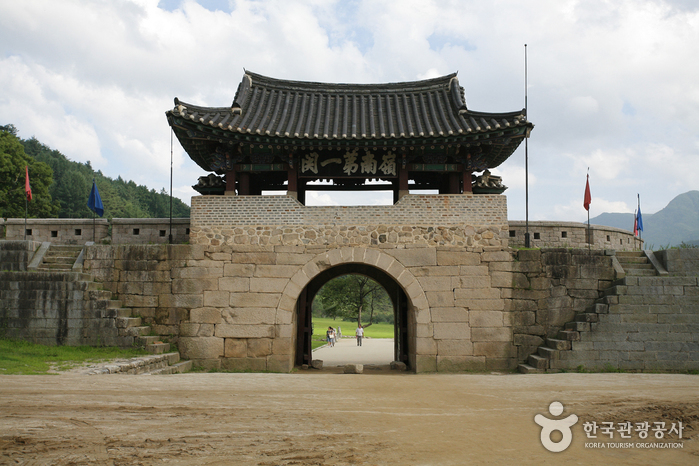

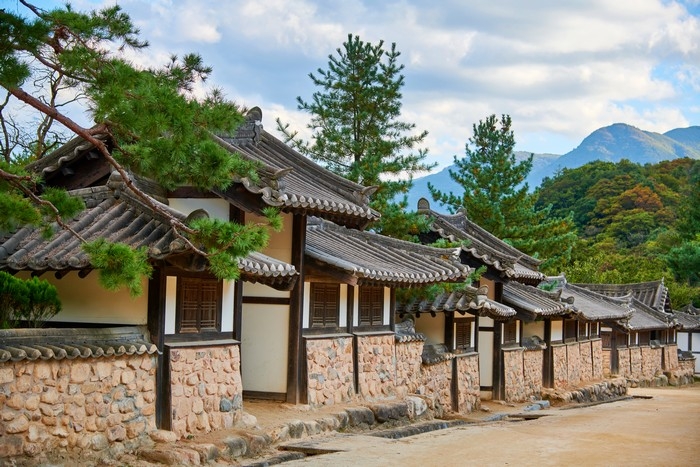
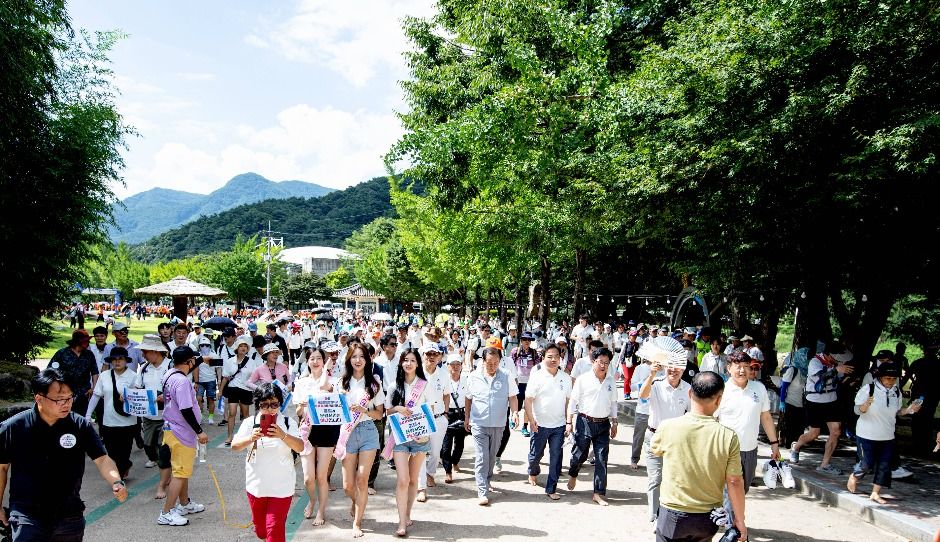
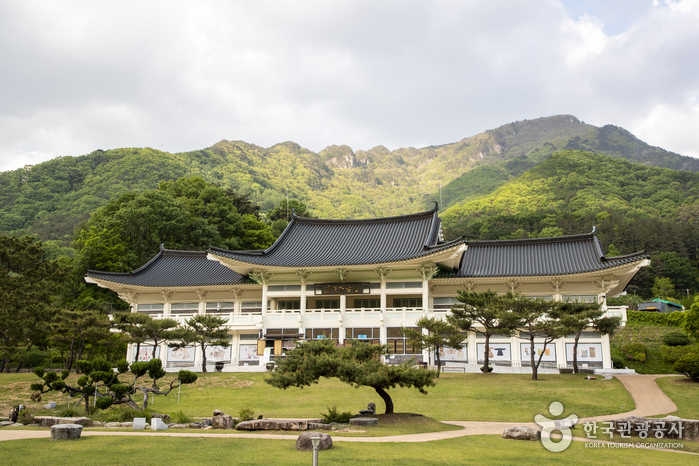
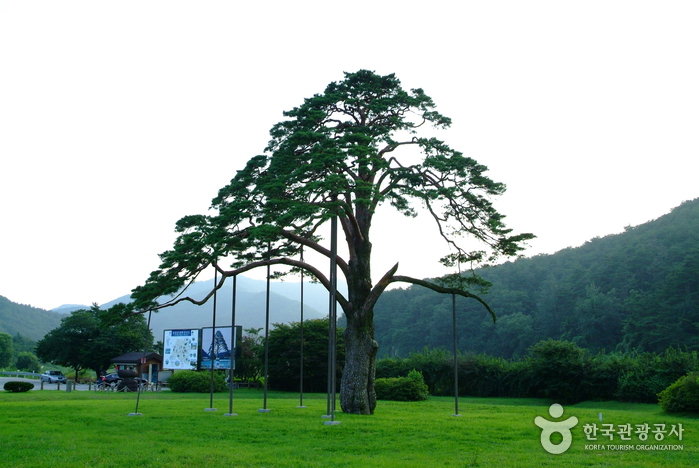

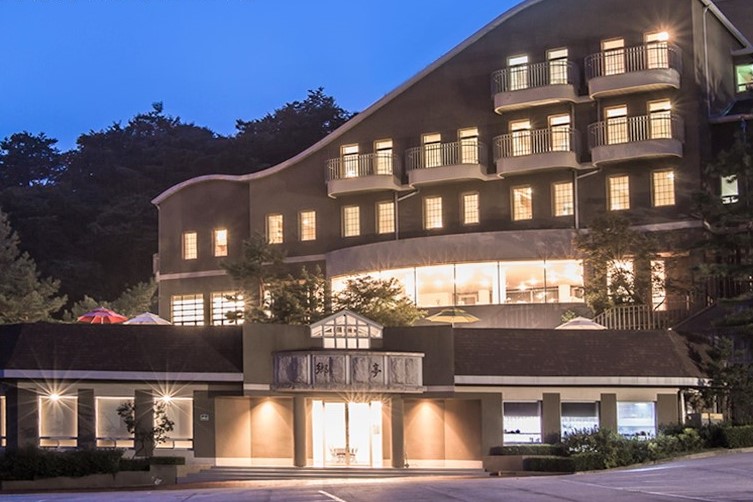
 English
English
 한국어
한국어 日本語
日本語 中文(简体)
中文(简体) Deutsch
Deutsch Français
Français Español
Español Русский
Русский